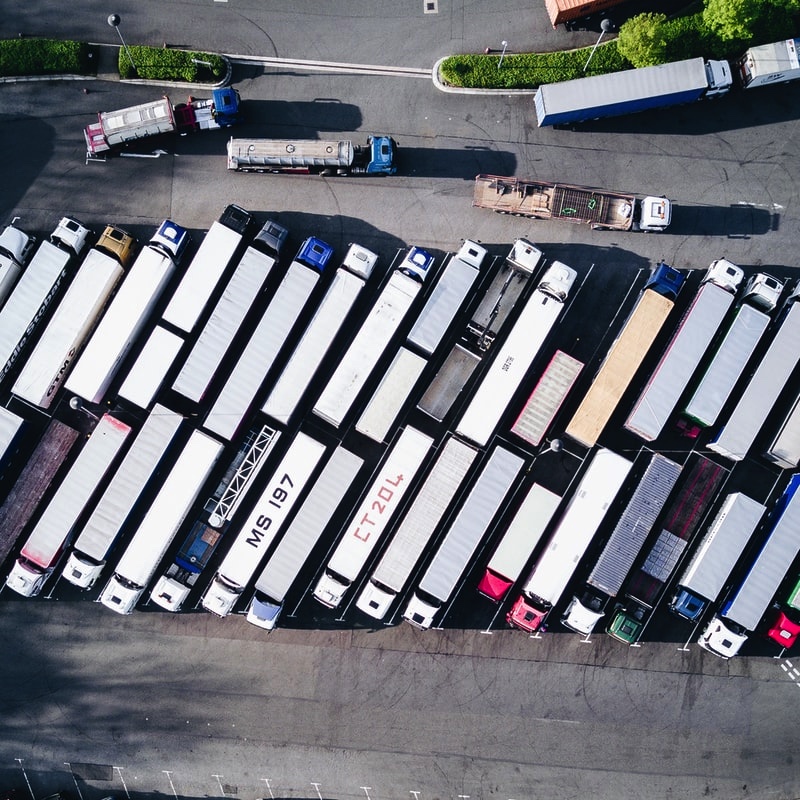The transportation and logistics industry in the days of COVID-19
The world has changed. The income and profit of the world economy have dropped. Today we cannot talk about the modern world as if during the past few months nothing has happened. The changes have affected not only markets, schools, relationships in overall performance, but our ideology has been hit, leaving us to experience this new reality. We used to live in a world without boundaries, and this world no longer exists. The new order that has taken over, with new boundaries, is causing us to think in a totally different manner.
What problems did cargo industries face?
The main challenges cargo industries faced during the pandemic were connected with delayed deliveries and the damage and loss of cargo in the perishable goods industry. Furthermore, the freight market still involves an array of people involved in preparations starting with loading, through to packaging and documentation.
Despite the widespread introduction of digital technology and the use of modern communication systems, documentation procedures are a crucial part of the process. Forwarders, carriers, customs authorities and even banks – all deal with paperwork, performed by people.

How have we adapted to our ordinary life?
During the lockdown, suddenly we realized almost everything can be done digitally. You don’t need to go to the office – the office comes to you with Slack and Zoom meetings with your colleagues. If before, we could have only 4 meetings per day, now we can have at least 6. Online grocery shopping shows us how much time we can save without standing in line or waiting in traffic, especially after work hours. Studying from your home wasn’t invented by Corona, as we had Coursera and Open University before. What about sport? It moved into our living rooms with yoga apps and YouTube home gym devices. The widespread use of the internet has brought us to the sharing economy. It got our attention from the beginning with the ideas from AirBnB and Amazon.
What will be our next move to reach the middle of the recovery path?
The critical time showed us the inefficiency of using only manpower in the field. We used to live in a world in which we took stock every quarter/year period. Now the situation around us changes daily, therefore stocktaking must happen instantly. We are beginning to think out of the box to create new income in exchange for what we lost during the pandemic. The key to an optimized environment is utilizing resources to their full capacity. The transportation market is constrained by truck capacity, miles traveled per day and hours of service available to a driver.
With open digital freight networks we optimize the demand with the available supply of shipping capacity, thereby enhancing efficiency. At this moment a network, not in one country alone but rather in several countries, must be connected to have more economical value. We create an ecosystem of shippers, carriers, drivers to avoid the model in which every company, and even a single representative of the cargo chain, works separately.
In practice, this means customers always have an overview of their freight, they can check its status and, in case of doubt, can change transport routes or modes, while being informed of any financial impact. The technology of TMS, E-POD, ELD integration helps to achieve the automated process. This is particularly relevant in a crisis, where priorities of companies and societies can change rapidly. The recent crisis especially taught us that we must work together to succeed – and digitally. And the optimal solution is technology, technology, technology.

“Creativity is contagious, pass it on”
-A. Einstein



